The content of the article
Since ancient times, the most beautiful representatives of insects were butterflies. Many species had not only an attractive appearance, but also a pleasant name. So, the butterfly sailboat Podaliyri received its name from the ancient Greek physician Podaliria. His story can be found in mythology.
Where can I see?
This type of butterfly rarely lives in the same area. More often they migrate from different edges. These insects are able to fly long distances in search of new housing. Because of this, they can be found in many places. Favorable conditions can boast of steppes and forest-steppe, often tundra. Podalyriy was well settled in Turkey, Africa and many European countries with a warm climate. Migrants can fly to Scandinavian countries. These butterflies are well-established in Finland.
Description of the appearance of butterflies and species
The color of the butterflies is very eye-catching. The wings have yellow shades, which show vertical wedge-shaped stripes. Usually there are up to seven pieces. The lower wings contain a speck of orange-black color. Semicircles are visible along the perimeter, which darken to the edges. There are also small tails below. Their length reaches 1.5 cm. From the bottom they end in a white blot. When flying wings reach 9 cm in length. However, in the standing position, their size is 4-6 cm. Males of this species are smaller than females. They love to whirl in the hills.
Fact! The color of butterflies may vary depending on which subspecies it belongs to.
Alpine have short and wide wings, the bands as a result of this become larger. Vergatus generally does not have bands in its snow-white color. Many experts attribute this subspecies to a separate species. The swallowtail butterfly is sometimes credited to it. However, in the palarium, the color of the wings is sharp and aggressive. While the Machaon is dominated by soft, bed shades. But the main difference between these two species is that only a sailboat has semi-circles of blue on the underside of the wings.
The name of this butterfly contains the word sailboat.This is due to the fact that when you observe it in a sitting position, it will resemble a ship sailing on a river in its sails.
To the unfortunate note is the fact that this species is listed in the red book of many countries. Despite the fact that there are many individuals, their number is reduced due to the lack of food. In some places, these butterflies disappear altogether. This is due to emissions of harmful chemicals into the atmosphere, the cutting of trees and building sites for settlements. Also Podaliyri is food for caterpillars.
Podalyrius prefers wilderness. You can meet in areas with high vegetation. It can be large glades, forest edges, slopes and mountain peaks. It is important that there are many bushes in these places. But this insect, though living in such an environment, loves to fly to visit people in the gardens. Therefore, quite a lot of photos are published with this beautiful view.
Lifestyle
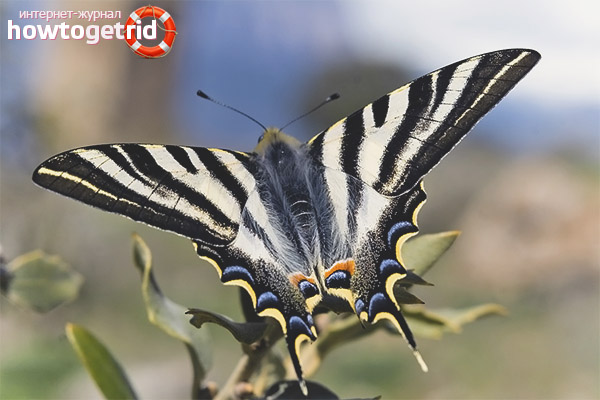
The full development of the most beautiful insects occurs in one year. In May, pupae appear, which in summer become butterflies.Sometimes there are species that are able to fly until September. Sailboats are divided into two generations. The first contains a bright orange stripe below the wings. The latter do not have it.
The life of Podaliria depends on the habitat. So, in some areas of the second generation can not wait. The first flies from May to July. There are no butterflies in the mountains. The maximum height at which they climb is 2 km.
Nutrition
In the position of the butterfly caterpillar, the palaeum can feed on hawthorn, peach. Their place of replenishment of food stocks are apple, cherry trees, rowan. As described above, butterflies love shrubs with abundant vegetation, so they prefer lilac, cornflowers or viburnum. Food takes place at night. Rarely they eat in the morning.
Breeding
Courting the female begins with flying around her, attracting the expectant mother with beautiful wings. Eggs are laid on the leaves of shrubs. It is important for future parents that the plant be fodder. Only then they lay one egg on the lower side of the leaves. The development of eggs occurs in a week.They have an oblong shape, have a dark shade with two yellow rings. The top of them is red.
The caterpillar hatching from the egg, well stretched in the middle. At the initial stage, its length is about 3 cm. The rest is longitudinal in shape and dark green in color, as well as caterpillars of other species. All appear in one place, however after that many cubs run away in different places. This is due to the fact that everyone is trying to find for themselves the most comfortable area for pupation.
The color of the caterpillar begins to lighten. This process indicates that pupation will soon occur. In order to turn into a butterfly, the palette chooses thick vegetation or crevices in the trees.There they feel safe. An important condition is the location of such places near the earth's surface.
The pupa has a green color with two stripes on the back, arranged in parallel. The tummy has light colors. The period in which the burnt is a pupa lasts about 11 days in the summer. After it there is a transformation into the second generation of this species. In winter, pupae live until spring and then turn into a beautiful individual.
Video: butterfly podalirii (Iphiclides podalirius)


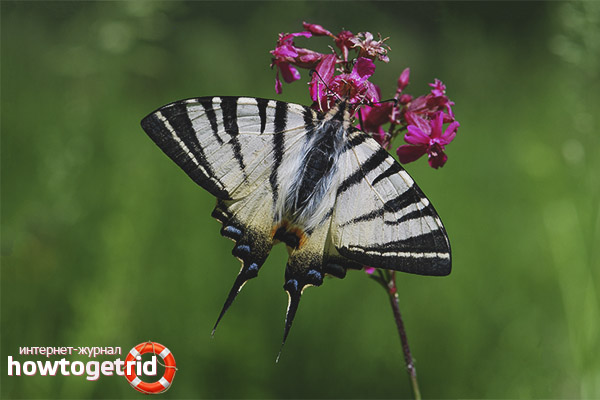

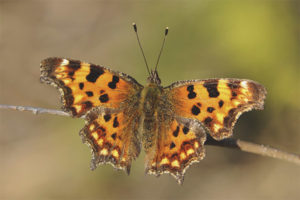
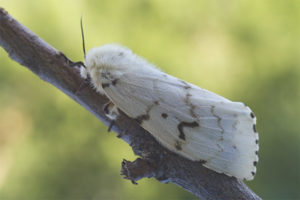
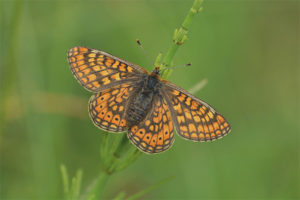

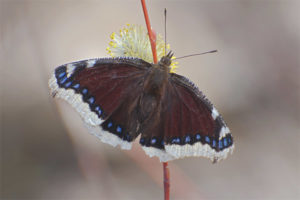
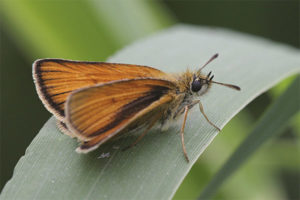


To send